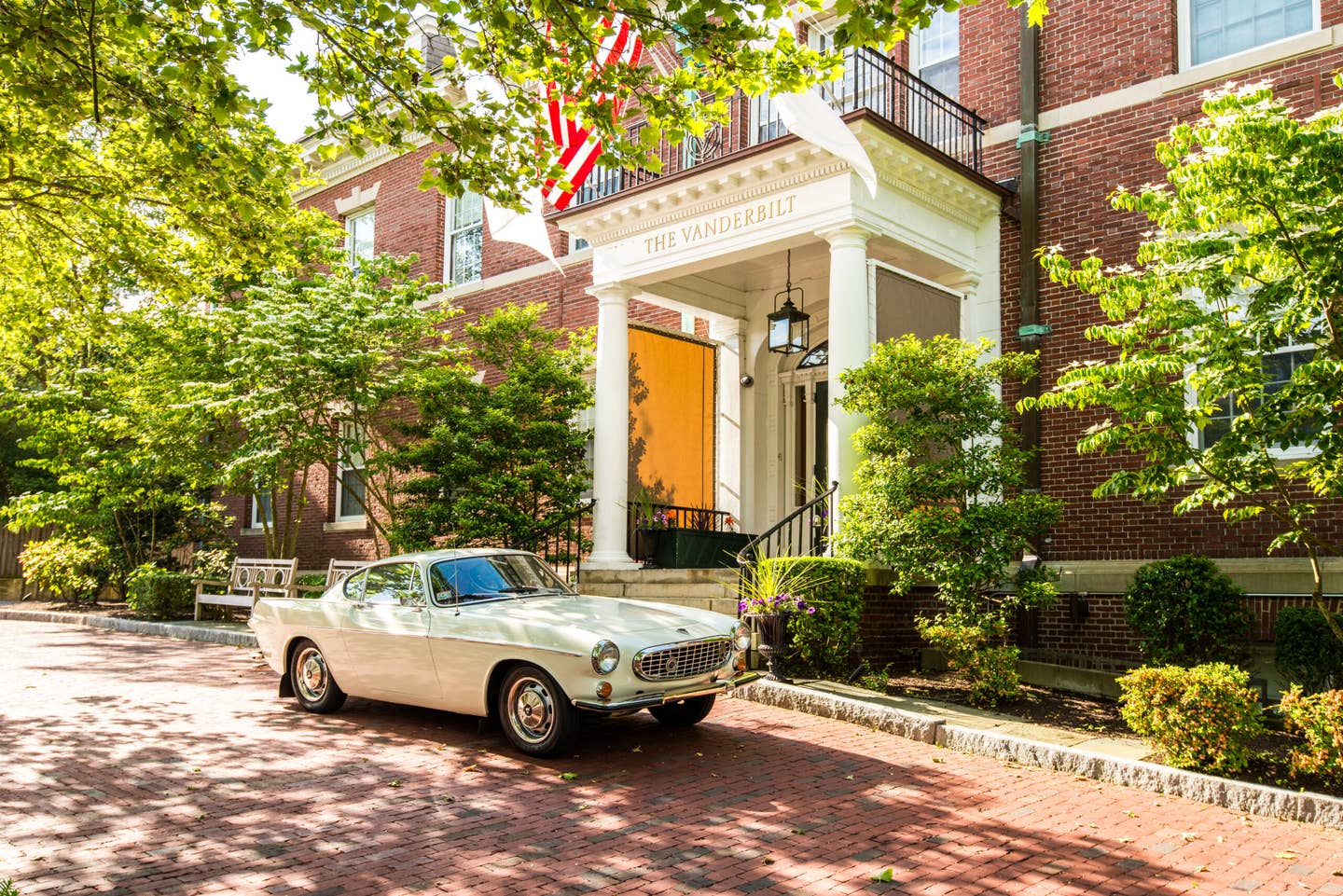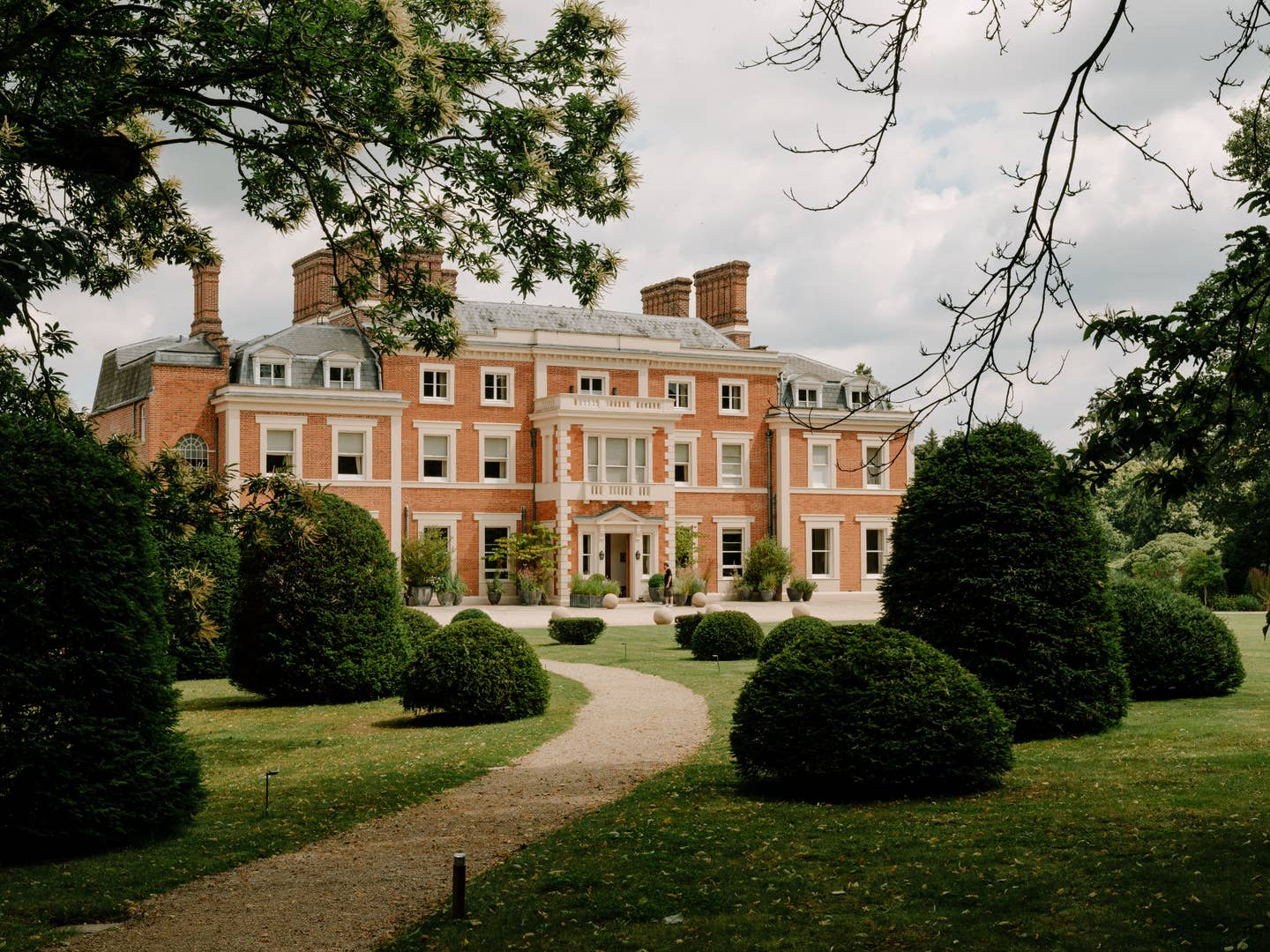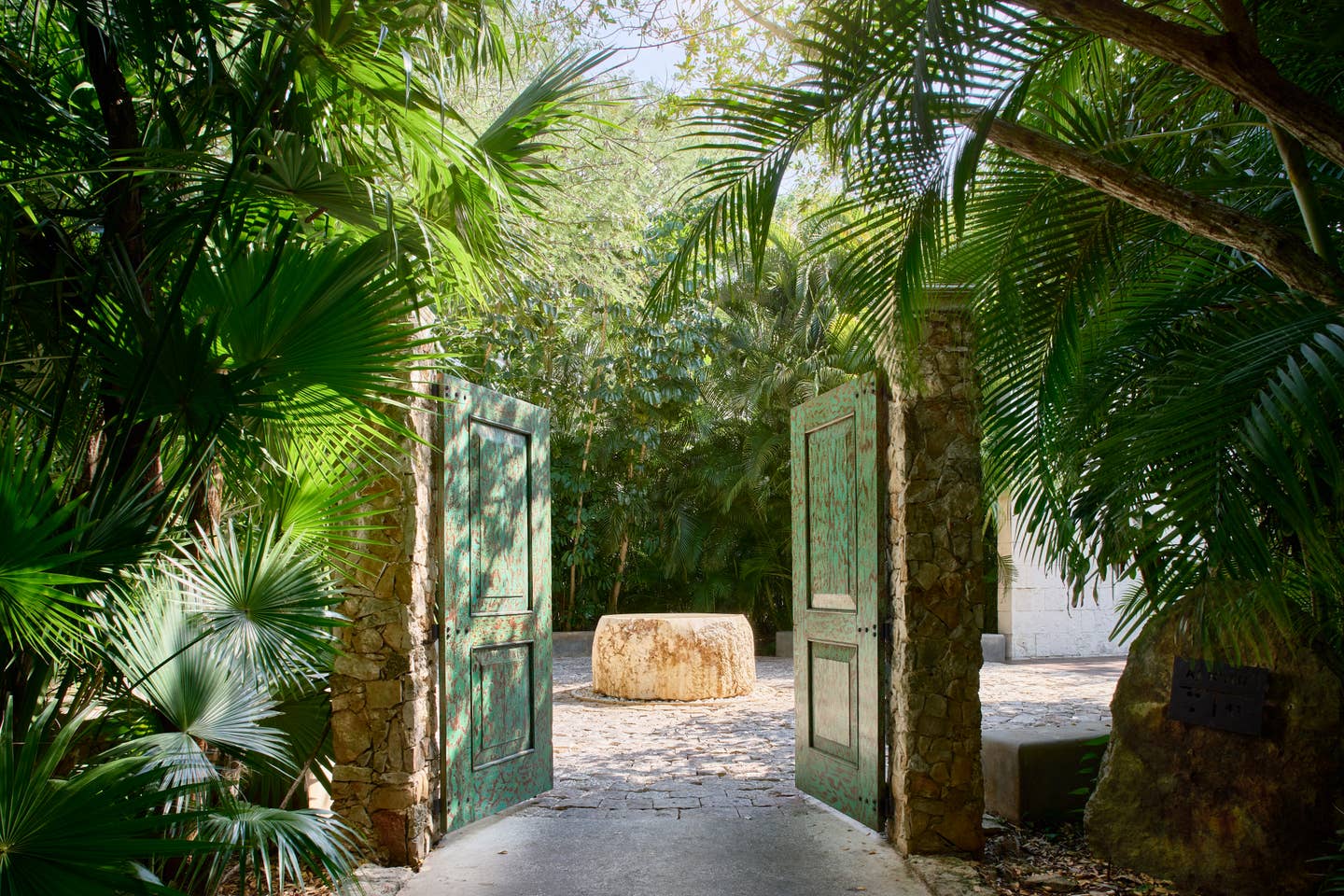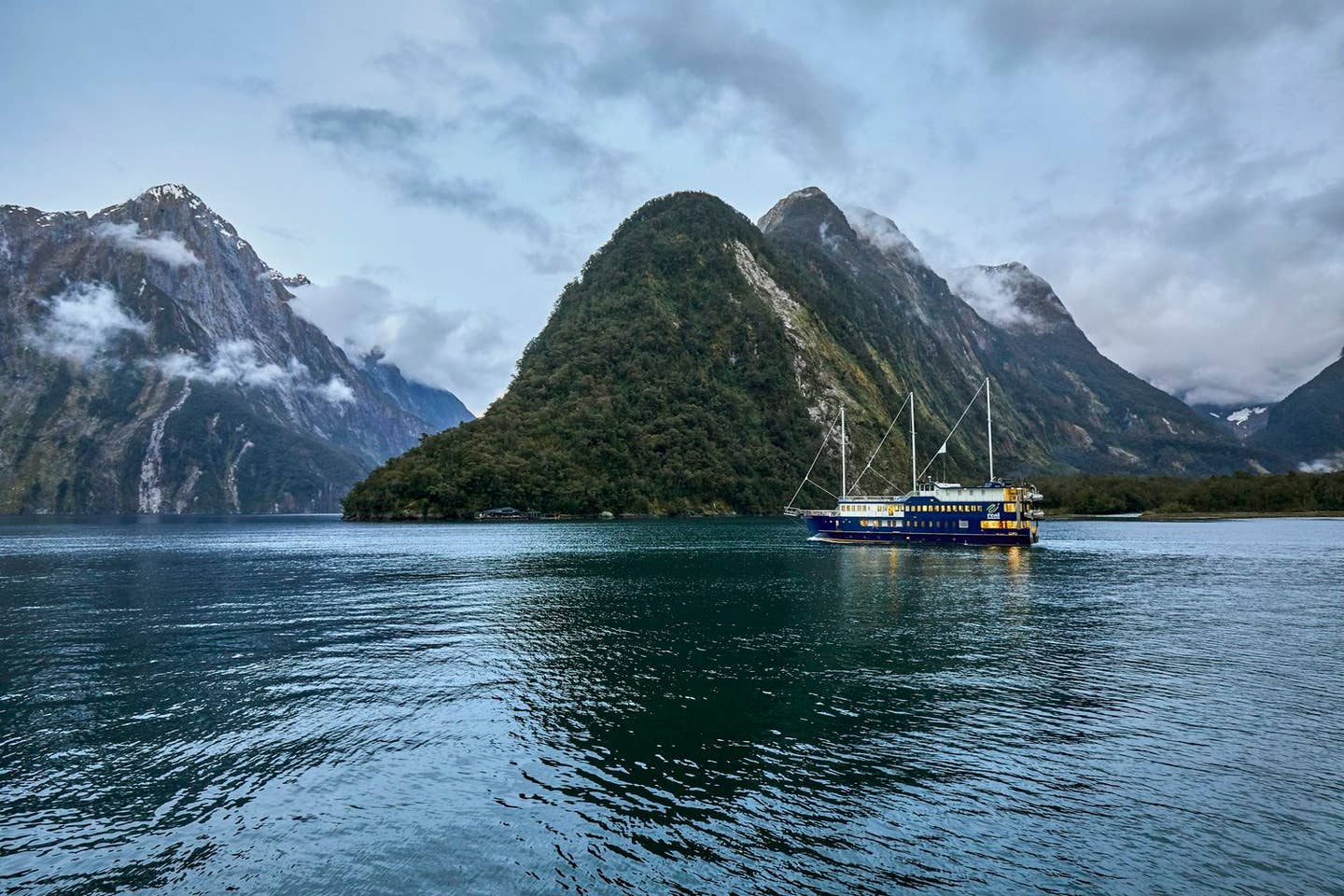St James Paris: A Young Chef in a California State of Mind
I’m always looking for Los Angeles abroad, so it was interesting—I want to say amazing—to be invited to the Saint James Hotel and find California in this unusual and very specifically Parisian place.
I’m always looking for Los Angeles abroad, so it was interesting—I want to say amazing—to be invited to the Saint James Hotel and find California in this unusual and very specifically Parisian place.
One morning in late September, my Uber brought me in through ornate iron gates to a gravel driveway that circled a fountain, depositing me at the front steps of an imposing and graceful hotel particulier, or free-standing mansion.
The building itself was originally built by Adolphe Thiers, the first President of France, and his wife, Elise Dosne, and became a foundation for gifted students in 1892. In the Belle Epoque, hot air balloons had flown from the city’s first aerodrome on the same site. The house was eventually acquired by the Saint James Club in the 1980s and, recently, given a spectacular facelift by interior designer Laura Gonzalez. Wielding an armful of Pierre Frey textiles and Chinoiserie wallpapers, she transformed every inch of the place, highlighting its soaring ceilings, sweeping staircases and crystal chandeliers and treating the entire hotel as a private house. The suites and rooms are full of character and all different, some sporting terraces and winter gardens that look out on the dark and untamed Bois du Bologne, the ancient forest in the 16th arrondissement, or neighborhood. The whole place, awash in beige, gold and white, manages to be at once exotic and modern, yet traditional and very French. It also has a leafy and beautiful Michelin-starred restaurant to match, but that’s not what has to do with Los Angeles of course, it’s the chef.
Chef Julien Dumas is young, passionate and bold, an unusual choice for a city hotel. He’s all about sustainability and—as much as possible—zero waste and says that California food, specifically Alice Waters, is a huge influence. It’s easy to see why. Almost all of the fruits, vegetables, and honey come from small artisans and producers, or from the hotel’s biodynamic farm thirty minutes outside of town. Walk the gardens surrounding the chateau, and I saw not only a greenhouse, but soon-to-be berries and all kinds of herbs.
I spoke with Dumas in the paneled library in between his meetings with gardeners and sous chefs. He said his grandfather worked for the Michelin guide, scoping out the best restaurants, and falling in love with the Bretagne region of France, where the mother of Chef Dumas’ godmother had a hotel. It was there that Dumas first went to work, cutting herbs and potatoes and—in his own words—eating a lot. After culinary school, seven years with Alain Ducasse at the Plaza Athenee and two with John-Francois Piege at The Crillon, among others—we’re talking serious cred—Dumas landed at the Saint James Hotel.
“Mine is a cuisine of the seasons,” he said. “When we cultivate and remove an ingredient from its environment, the way it tastes best is when we put its environment back alongside it on the plate.”
When I ate at his restaurant, Bellefeuille, the scallops were plated with nori, and wild shrimp with the radishes that grew wild around the pond. Dumas’ food was immersive and creative, down to the ceramic plates which he co-designed. I drank Biden 1999, Yoigokochi, a funky sake that at first tasted like soil, a perfect pairing with deep red ‘beef’s tongue’ mushrooms and duck. For dessert, a goat cheese honey scoop of ice cream came out nestled in a dish made of beeswax. Much of the meal felt rhymed three times and themed, as with an oceanic slice of mackerel with scallops and caviar. This is fine dining, expensive and complicated, but it was also ingredient-centered in a way we in Los Angeles find deeply familiar.
The next day I checked out the hotel’s handsome spa, hammam, gym and underground pool with a greenhouse roof. I especially loved the pergola bar in the garden—it was too cold for the full experience, but you’d get that in warm weather—as well as the resident slightly-ancient cat that has the run of the hotel.
Of course, outside the door, Paris was in early Fall. The tourists had thinned out on the Champs Elysee, though it was still hard to get into restaurants and museums. The 16th arrondissement is in the west of the city, and I checked out the nearby exhibit at the Palais de Tokyo, the Eiffel Tower just visible between buildings. A walk through the Bois de Boulogne took me to the Louis Vuitton Foundation, an iceberg of a building designed by LA’s own Frank Gehry and the spectacular show of Monet’s water-lilies subversively set beside the riotous canvases of Joan Mitchell. The Champs d’Elysee and the Arc de Triomphe were also close by, and the Metro took me to the gardens of the Louvre, the Ile St Louis, the hip, crowded Marais, and the narrow streets of the Canal St Martin. I felt exhilarated by Paris before I found my way back to the hotel’s comfortable and colorful rooms.
In the spirit of full (and slightly ridiculous) disclosure, my pre-married name is not Lisa Alexander, but Lisa Dosne—yep, just like Elise. My father had told me about this supposed ancestor, Elise, who married Adolphe Thiers, and how she was a lady of letters with salons frequented by writers and artists. She sounded amazing and I was really excited to check all this out. After we arrived, my partner started calling me ‘royalty,’ only half-joking, and, I have to say, I had a grand time traipsing up the steps to the imposing lobby as if I owned the place. I should also say that I subsequently logged onto Filae, the French genealogy website to check out my fancy provenance. It turns out there are 13,952 Dosnes in France, and both Elise and Felice, her sister and heir, were childless, so there goes my fifteen minutes of fame, but I still loved the hotel.





